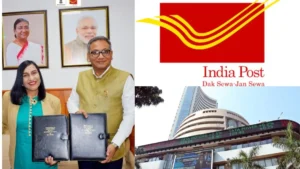India-origin woman Sirisha Bandla will travel to the edge of the space aboard ‘VSS Unity’ of Virgin Galactic, which is scheduled to fly off on July 11 from New Mexico. This is significant as she will be the third woman of Indian origin to go to space after Kalpana Chawla and Sunita Williams.
About the Bandla:
- Bandla, the vice-president of government affairs at Virgin Galactic in Washington DC, will travel alongside his boss and the group’s founder, billionaire Richard Branson and four others in the company’s spaceflight.
- Bandla will take care of the researcher experience of the Unity22 mission. The 34-year-old hails from Guntur, Andhra Pradesh in India.
- She moved to the United States at the age of four along with her family. She graduated from the school of aeronautics and astronautics at Purdue University, Indiana. Bandla also has a masters degree in Business Administration from Georgetown University.



 PNB Housing Finance Appoints Ajai Kumar ...
PNB Housing Finance Appoints Ajai Kumar ...
 Department of Posts and BSE Sign MoU to ...
Department of Posts and BSE Sign MoU to ...
 Retail Inflation Rises Slightly to 0.71%...
Retail Inflation Rises Slightly to 0.71%...







